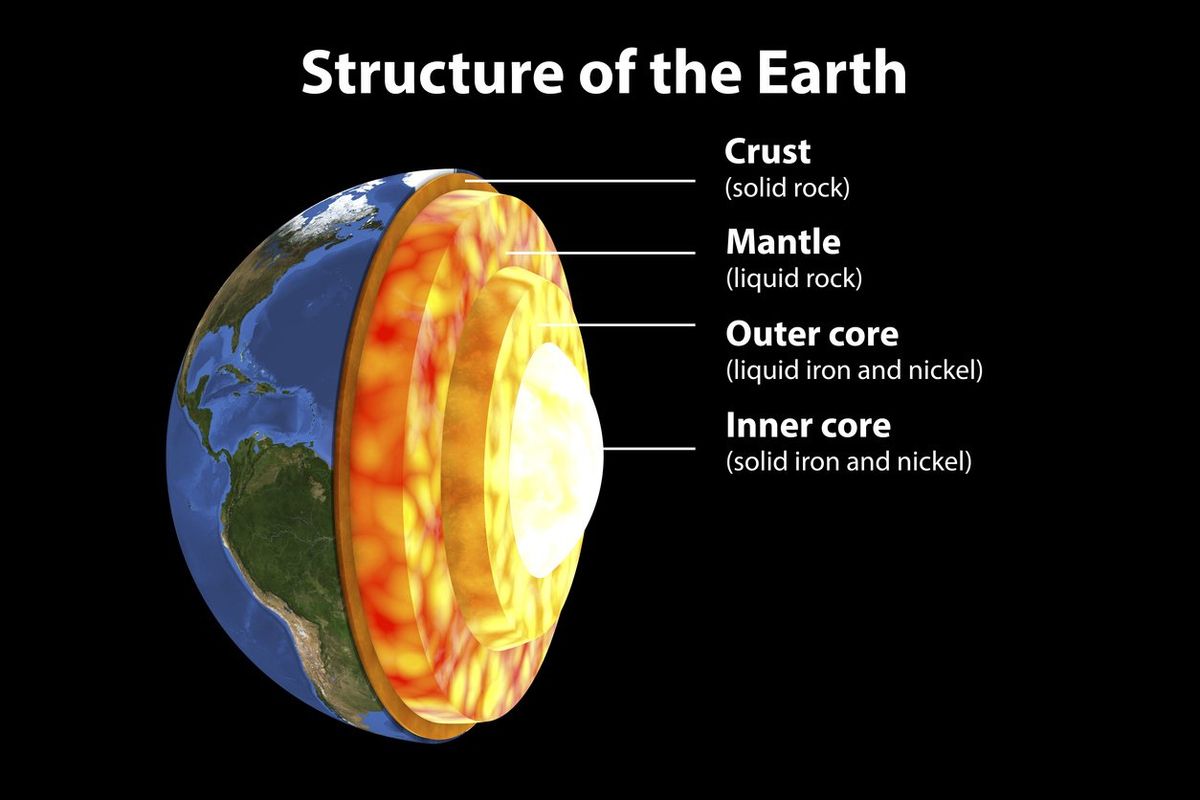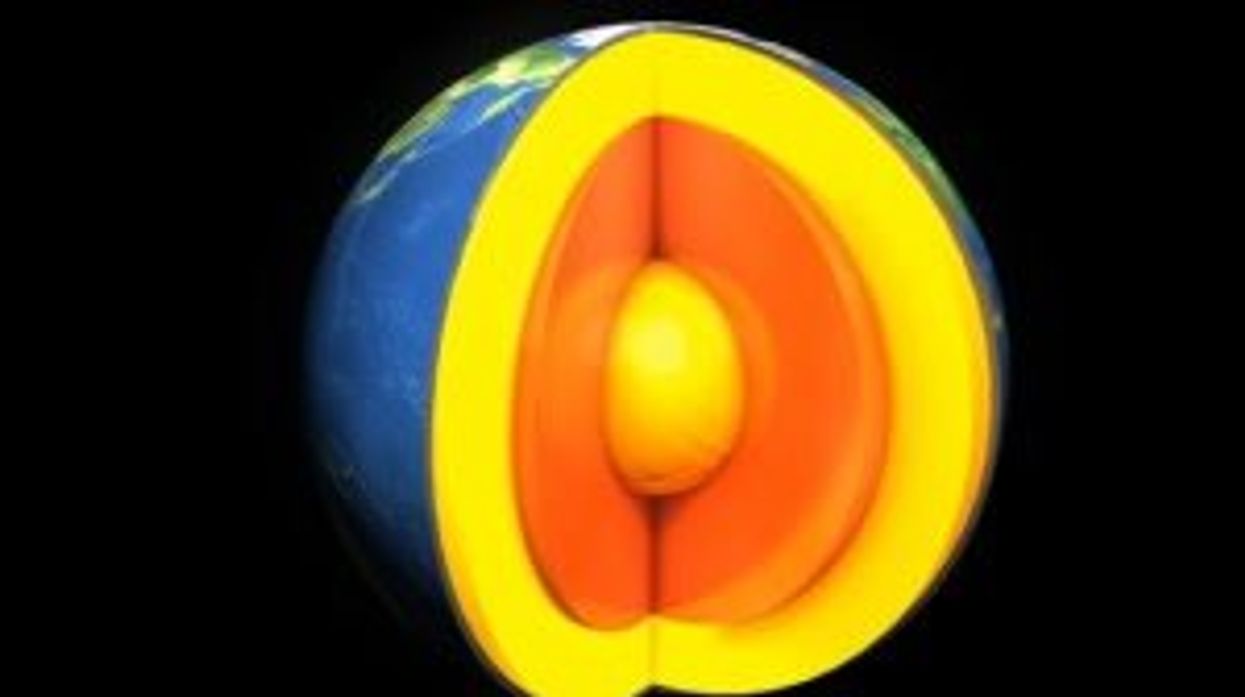Science & Tech
Harriet Brewis
Oct 05, 2023
Is the Earth’s Inner Core Solid and Squishy?
ZMG - Amaze Lab / VideoElephant
For centuries we’ve been told that the Moon is made of cheese but now, it turns out, the Earth is more like butter.
Or, at least, its inner core is.
A new study led by experts at the University of Texas (UT) and collaborators in China found that iron atoms at the very centre of our world move around much more than previously thought, and the implications could be huge.
Scientists have long sought to dissect the insides of our planet but it isn’t easy, given that we have no way of directly exploring its core.
The deepest hole humans have ever dug – branded the "entrance to hell" – extended an impressive 12,263m (40,230ft) down, but even that doesn’t come close to breaking through the crust to the layers beneath.
Still, thanks to techniques like seismic tomography – which analyses how waves of energy travel through different materials during earthquakes – we’ve been able to map out the world’s interior.
Now, researchers have used lab experiments and AI algorithms to shed a striking new light on the heart of the planet.

"Seismologists have found that the centre of the Earth, called the inner core, is surprisingly soft, kind of like how butter is soft in your kitchen," Youjun Zhang, a Sichuan University professor who co-led the investigation, said in a statement shared with Phys.org.
"The big discovery that we've found is that solid iron becomes surprisingly soft deep inside the Earth because its atoms can move much more than we ever imagined. This increased movement makes the inner core less rigid, weaker against shear forces."
The findings are significant because they could help explain the role that the inner core plays in generating the world’s magnetic field.
They could also help us understand a number of the inner core’s key properties, which have long flummoxed experts.
"Now, we know about the fundamental mechanism that will help us with understanding the dynamic processes and evolution of the Earth's inner core," Jung-Fu Lin, one of the study's lead authors, explained.
Given that it is impossible for scientists to directly extract specimens from the inner core, Lin and his colleagues recreated it in miniature.
They took a small iron plate, shot it with a fast-moving projectile, and collected the resulting temperature, pressure and velocity data, which they then fed into an AI computer model.
Using this machine learning system, they were able to scale up the sample iron atoms configuration to mimic the atomic environment within the inner core.
At this beefed-up scale, the researchers observed groups of atoms moving about while still maintaining their overall structure.
Inner Core iron atom motion modelUniversity of Texas
This movement could explain why seismic measurements of the inner core reveal an environment that's softer and more malleable than would be expected at such pressures, Prof Zhang explained.
Around half of the energy that goes into generating the Earth's magnetic field can be attributed to the inner core, with the rest coming from the outer core, according to the UT team.
Thanks to Zhang, Lin and their colleagues, we now have a clearer understanding of the inner core’s machinations at an atomic level, which could help inform how energy and heat are generated at the heart of the planet.
This could also shed light on how the inner and outer core work together to generate the Earth’s magnetic field – a key ingredient in making a planet habitable.
Sign up for our free Indy100 weekly newsletter
Have your say in our news democracy. Click the upvote icon at the top of the page to help raise this article through the indy100 rankings.
Top 100
The Conversation (0)














